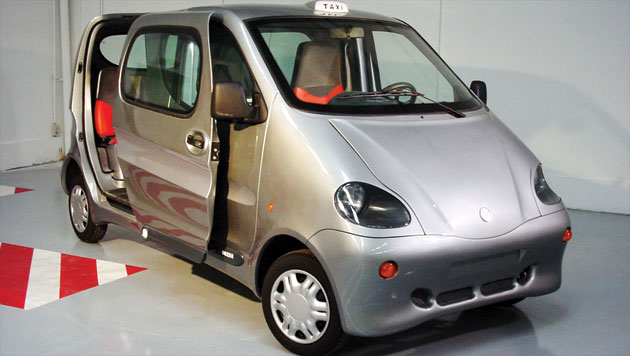The DHS, affectionately called the “Ministry” here because it resembles something out of Orwell’s famous novel, wants to fit airports with ray guns. I kid you not. “The US Department of Homeland Security (DHS) will consider fitting high-power microwave electropulse rayguns at US airports, in order to defend against the threat of terrorists firing portable anti-aircraft missiles at airliners,” reports Lewis Page for The Register. “American defense heavyweight Raytheon would partner with Israel’s Rafael and Kongsberg of Norway to provide the technology, according to a report in Flight International. The proposed kit is known as ‘Vigilant Eagle’, and is competing for DHS securo-dollars with defensive systems that could be fitted to the airliners themselves – for instance BAE Systems’ JetEye.”
Okay, tell me this does not sound like another “defense industry” scam, yet another scheme to make billions of dollars. Sure, there is the possibility somebody with a rocket launcher may take out an airliner. But if al-Qaeda hates our freedom, why haven’t’ they done this already? Is al-Qaeda conducting a war against the Great Satan, one with battles strung over decades? At this rate, it will take a thousand years to install the Great Caliph/Khalifah.
Read moreHomeland Ministry Plans Raytheon “Ray Guns” at Airports




